BOCALS!
Thin Walled. Thick Walled. S Bend. English Bend. Silver. Brass. Gold. Rosebrass. And even Rosewood?
Today’s bocal market is bursting with a variety of options for every bassoonist, ensemble and performance venue.
How do you find what works Best for You?
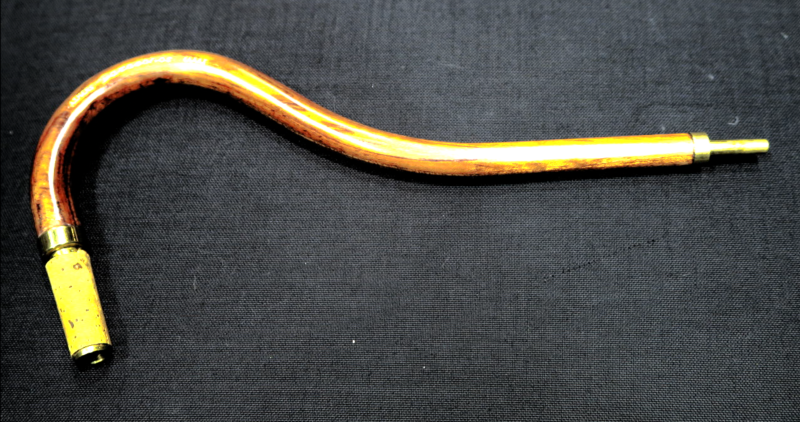
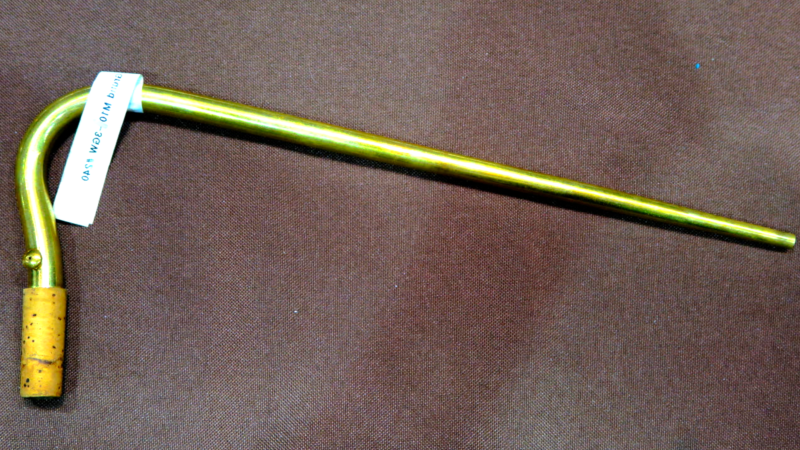

Here’s a Video to Help with Bocal Basics, information that is Standard regardless of Manufacturing Company.
To learn more information about the vocals in your bassoon case, you need to find the Identification Lettering on the Bocal.
This is one of my old FOX CVX2 Bocals from when I was in Beginning Band.
At the bend there are letters and branding to identify the Bocal Length and Attributes. Be sure to look over the full bocal. Lettering Location may differ by Company.
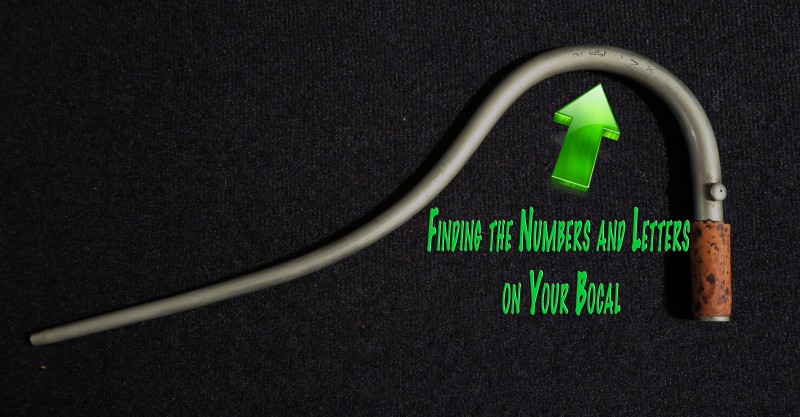
Once you identify the Letters and Numbers on your Bocal, visit the website linked to the company brand that manufactured your bocal to learn about the materials, length and wall thickness of your bocal.
LEITZINGER BOCAL LETTERING INFORMATION at Forrest Double Reed
HECKEL, PUCHNER, FOX and WOLF BOCAL LETTERING INFORMATION at Midwest Musical Imports
SONORA, BELL, FOX, MONNIG, HECKEL, MOOSMANN, and PARASCHOS BOCAL INFORMATION at Bassoon.com
HECKEL BOCAL INFORMATION at Charles Double Reed
Although some of the links above may appear redundant, it’s always a good idea to reference several sources for a well-rounded perspective.
The unexpected bonus of this requested Blog and Video Series was that it pushed me to research the details of my own bocals. As I began looking for details I found great Püchner Bocal information on the Midwest site, but found that it fails to give details on the Püchner E Bocals.
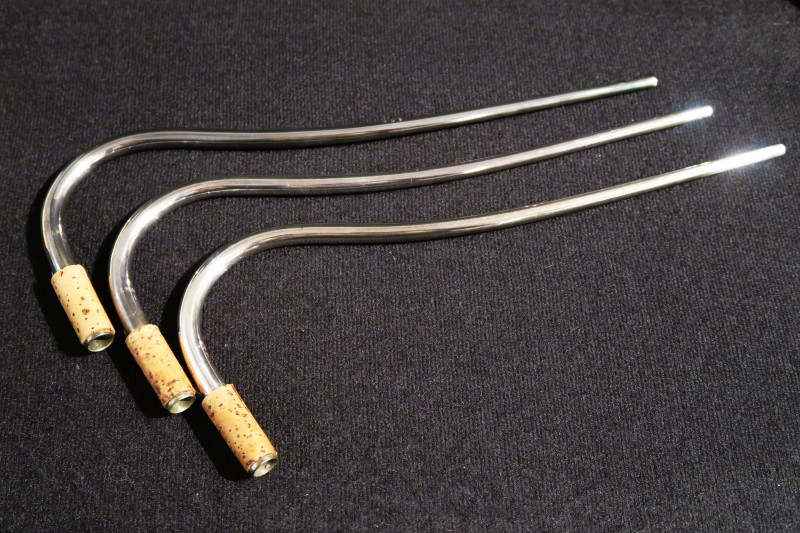
As part of my continued efforts to make bassoon information globally accessible and, as a previously slightly ambivalent owner of 3 ED Bocals, I spoke with Gerald Püchner in person about E bocals at the IDRS Convention to get the details. Always best to go straight to the source, when the option presents itself.
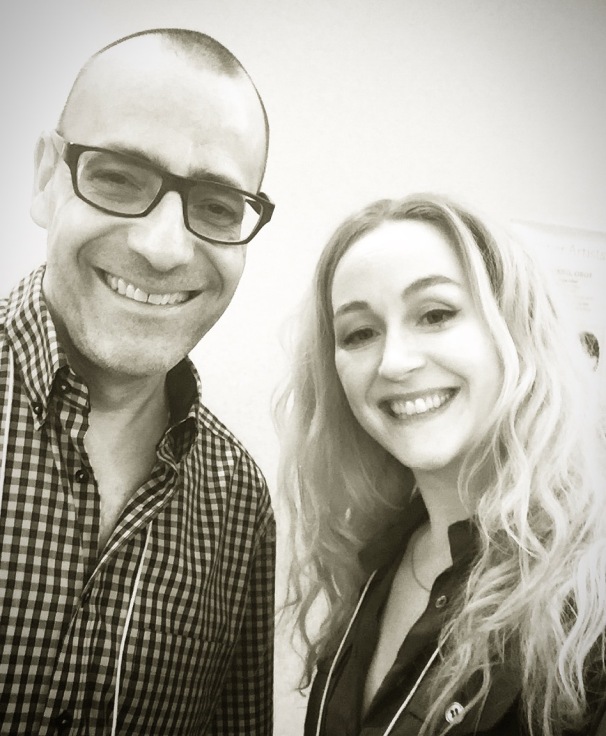
Püchner ED Bocals are Thin Walled, Made from German Silver, Easy Response Bocals that will give a Lighter Sound. These Bocals are No Longer in Production.
Prior to this blog I may have been a bit challenged regarding the details regarding my ED bocals but as every bassoonists and performer knows- You can read All the Specifics of a Product but Using it in Performance is the Greatest Test!
This is because Every Reed, Bocal, Bassoon and Bassoonist is Unique- Matching all the Pieces is the MAGIC.
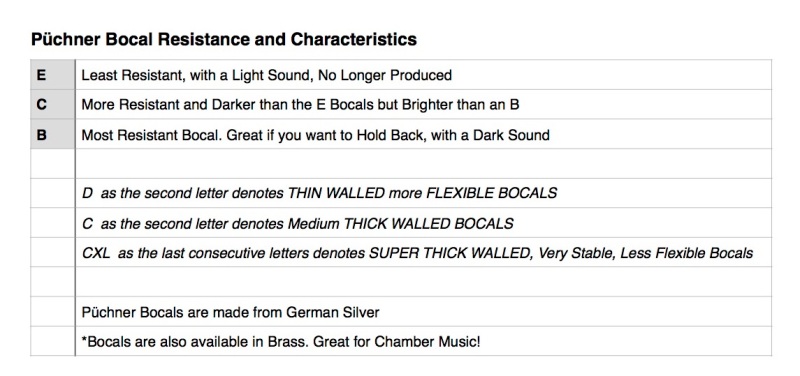
Here is how I’ve used My Püchner E Bocals in rehearsals and professional performances over the past fifteen years.
The ED1 Bocals I use for High Notes that require Ease of Response on my Püchner. French bassoon music like Rite of Spring, Bolero or French Concours Pieces. In these instances the ED1 pops the high notes out with more security than my Heckel CD2 that I use for everyday playing and performing.
The ED2 Bocal is great for more delicate chamber music … those moments when I am looking for a different color than my Heckel CD2 offers.
In all honesty, I must admit I use my Heckel CD2 British Bend Bocal most of the time with my Püchner Bassoon because it offers the greatest density of colors and response for me.
The ED bocals are a bit bright for my everyday taste and my desired color palette. I’m sure other bassoonist were experiencing similar results which is probably why these bocals have been phased out of production.
A bit about the bend of the bocal. In college I fell in love with the Straight “British” Bend Bocals.
The Straight Bend Bocals can help lower the shoulders, decreasing tension in the neck and arms. These bocals create a bit more space between the body and the bassoon. I have found this helpful for both women and bassoonists with a wider body stature for performing in sitting positions and especially standing.
Today I primarily play my 10,000 Series Heckel in performance and I use a variety of bocals, both S Bend and Straight Bend. I match the projection, colors, and response to the ensemble, repertoire and performance venue.
When performing standing and given the option of differing bocal bends, I do prefer playing on a Straight Bend Bocal. I’ve found the left shoulder holding the weight of the bassoon can use all the help it can get.
By using a bocal that can relax the neck and shoulders, I have a greater flexibility and a richer density of colors in my pallet. This is largely due to the principle that a relaxed body will vibrate more than a tight body.
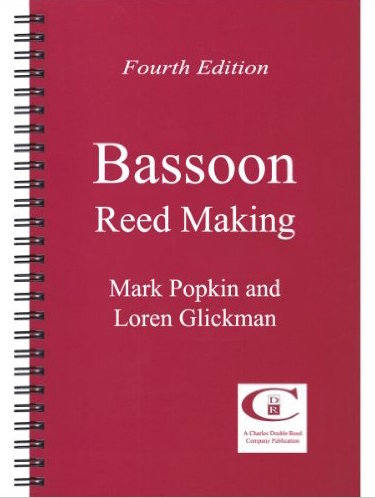
The Standard Bend Bocals I use have a slight upwards bend where the reed fits on the bocal. This alteration can keep moisture from collecting in the tone holes and create better posture when playing bassoon with a seat strap.
Be sure to check your bocal for the upward lift at the tail, where the reed fits on the bocal. Many mass produced bocals do not have this adjustment done at the factory prior to sale. Always have the safety of a professional assist with bending the bocal.
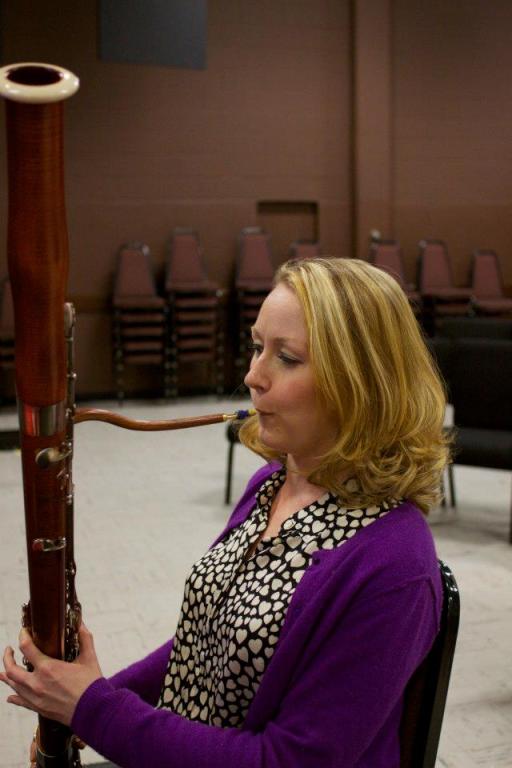
In your own bassoon journey you might consider trying another bassoonist’s bocals. It is possible you may feel slight differences, even if they have they same lettering and numbers.
Trying different bocals allows you to learn more about what you like, feel nuances, and grow your perspectives. It’s a reminder that every bocal is unique, that is part of the magic and fun.


Hello!
I love your videos! A really great resource for all the bassoonists out there! This bocal information is great!
I studied with a Norman Herzberg student for my doctorate, and Herzberg’s bocal trial process is really fine and has never steered me wrong when selecting a bocal for myself or my students. You can find it in Dr. Carol Lowe’s dissertation about Herzberg online. Just thought I’d pass that along if you hadn’t heard of his process.
Keep up the great work!
Jason Worzbyt
Professor of Bassoon
Associate Director of Bands
Indiana University of Pennsylvania
LikeLike
Hi Jason,
Thank you so much for watching/reading and leaving such a thoughtful comment. Made my day! 🙂
I will definitely look up the Herzberg’s bocal trial. What a great resource to list at the end of this blog. Me and all of my followers send a BIG THANKS!
Cheers, E
LikeLike
Dear Eryn,
Your videos are wonderful. Have just seen your very recent trip to the cane farm. Keep them coming!
RE Puchner crooks: presumably your ED 1 and 2 are of different lengths? – would you tend to use a shorter crook for upper registers or are you implying that you work comfortably with either length?
I have inadvertently acquired a Puchner DD1. Do you happen to know who this is characterised please – it’s not on your BRILLIANT table.
All best wishes from England!
LikeLike
Hi Chris, Yes- I work well with both bocals the ED1 and ED2 bocals. I find that I use the ED 1 for High Note pieces/excerpts. Gives a bit more safety. I do not use the ED1 for chamber music (delicate intonation) or low note response. I now own a Puchner DD 1 Bocal in a regular bend. These are bocals that Puchner is phasing out, like they phased out the ED bocals. The DD1 bocal plays differently on each of my Puchner bassoons. Could you tell me which bassoon you have yours matched to?
LikeLike